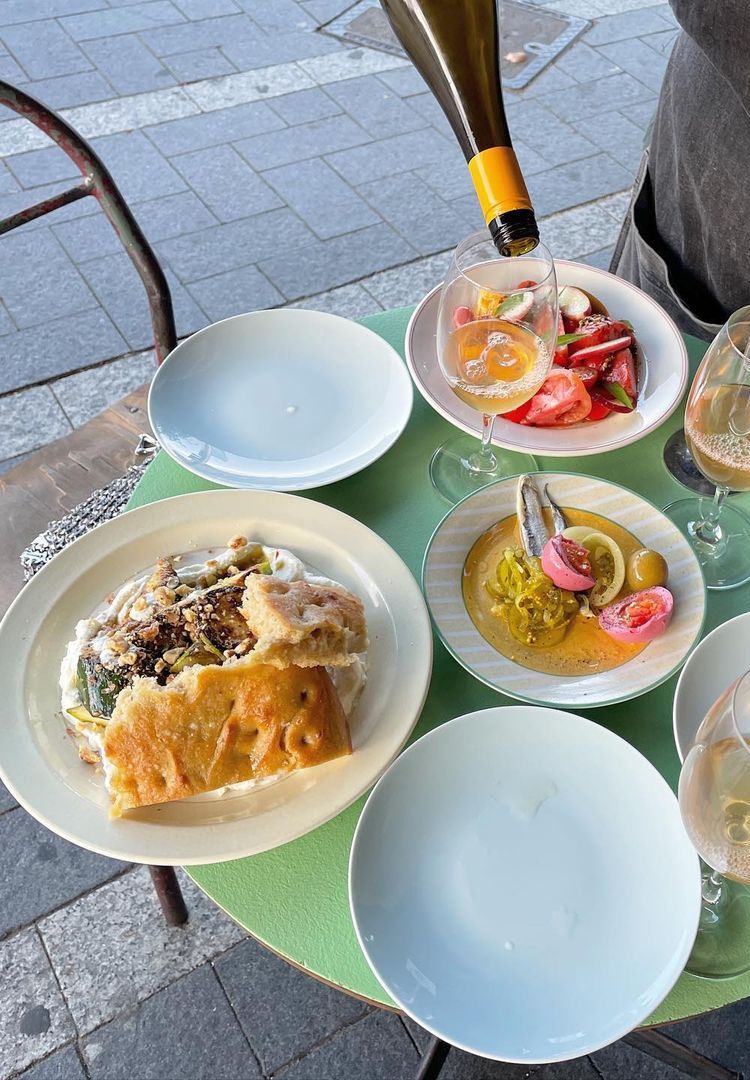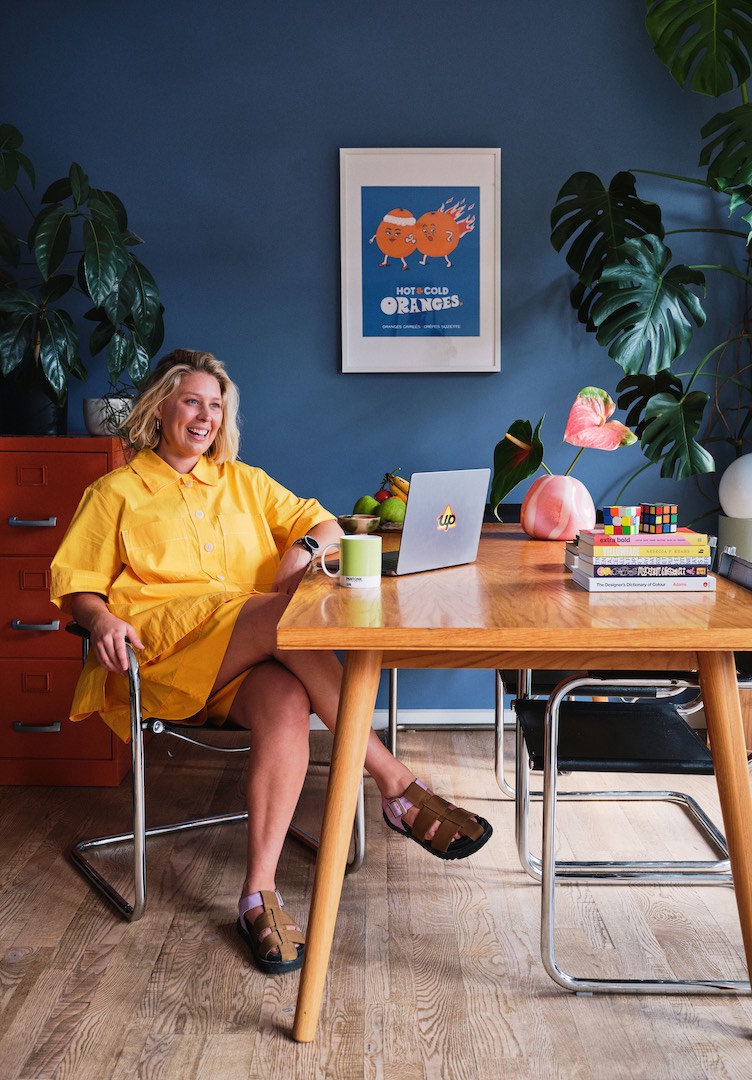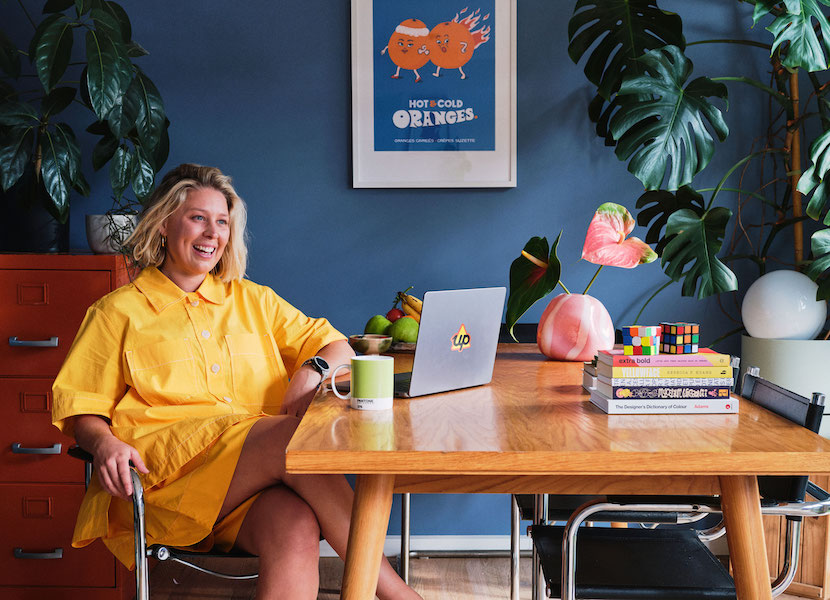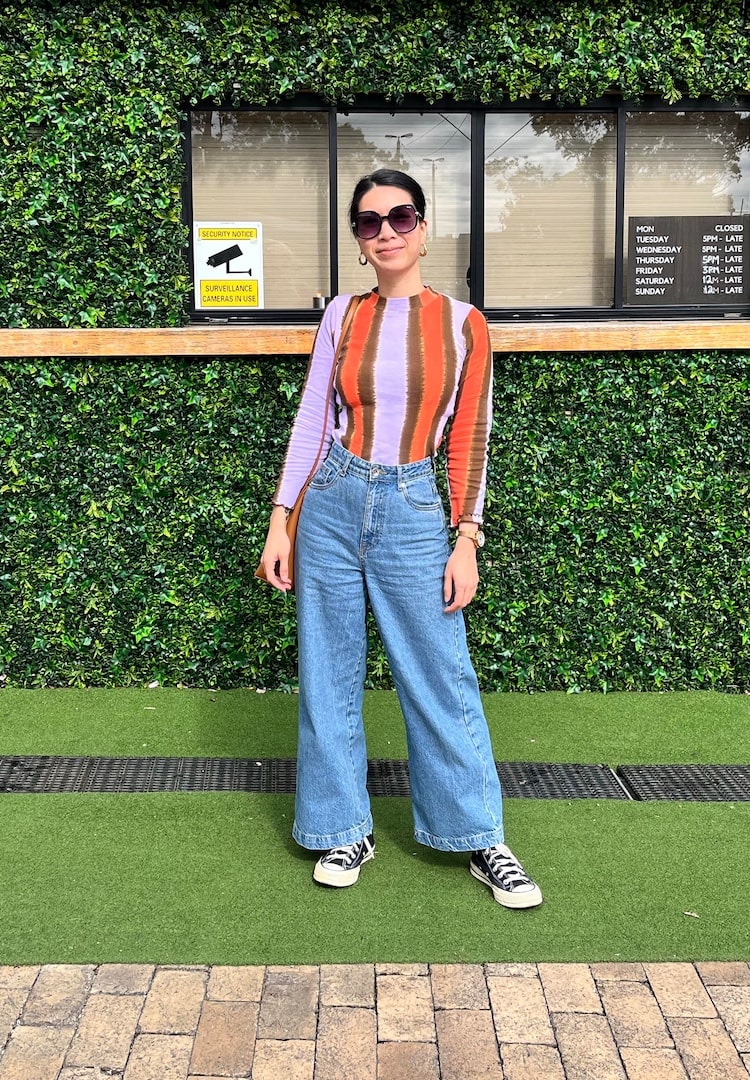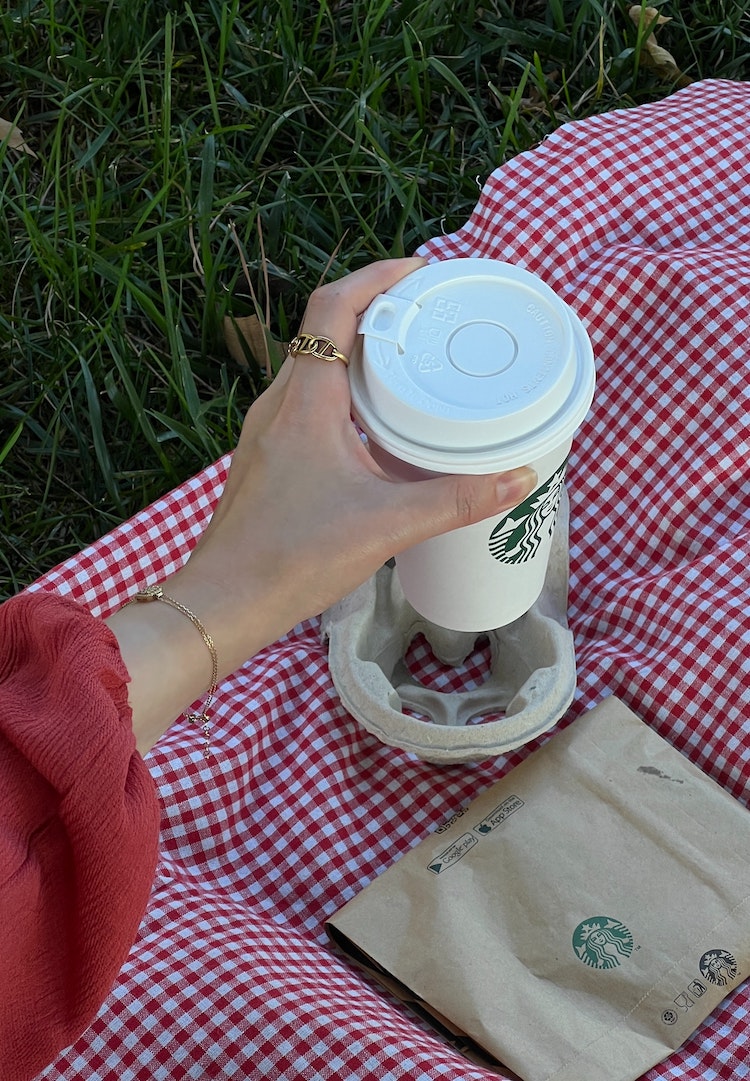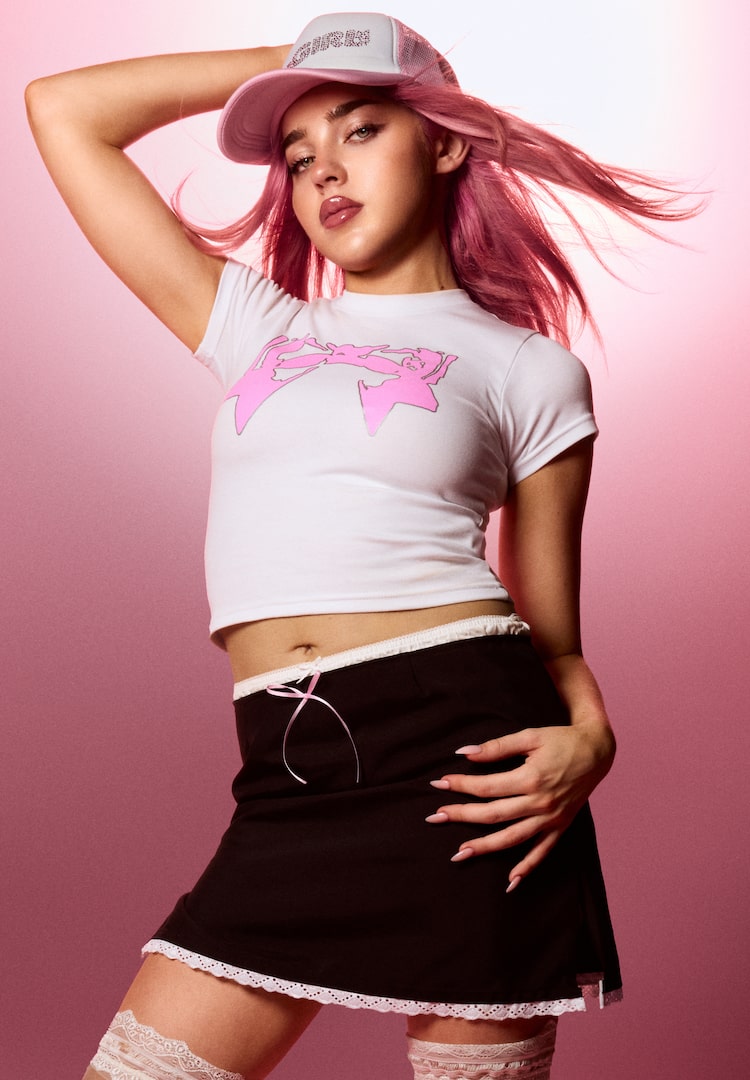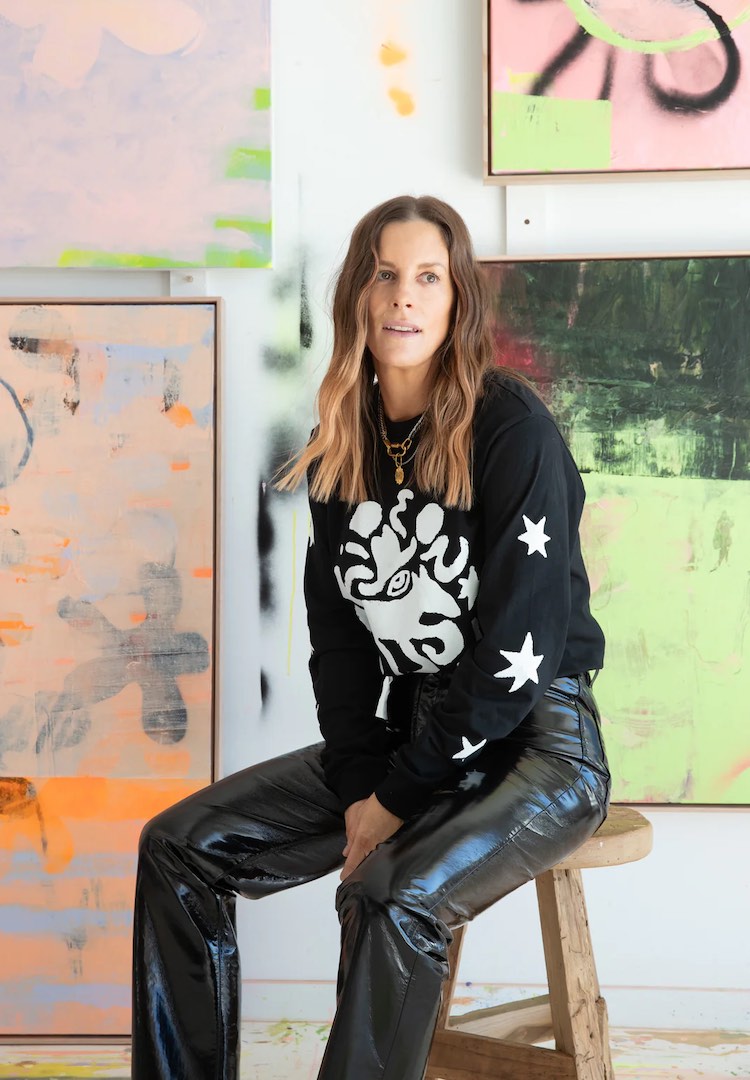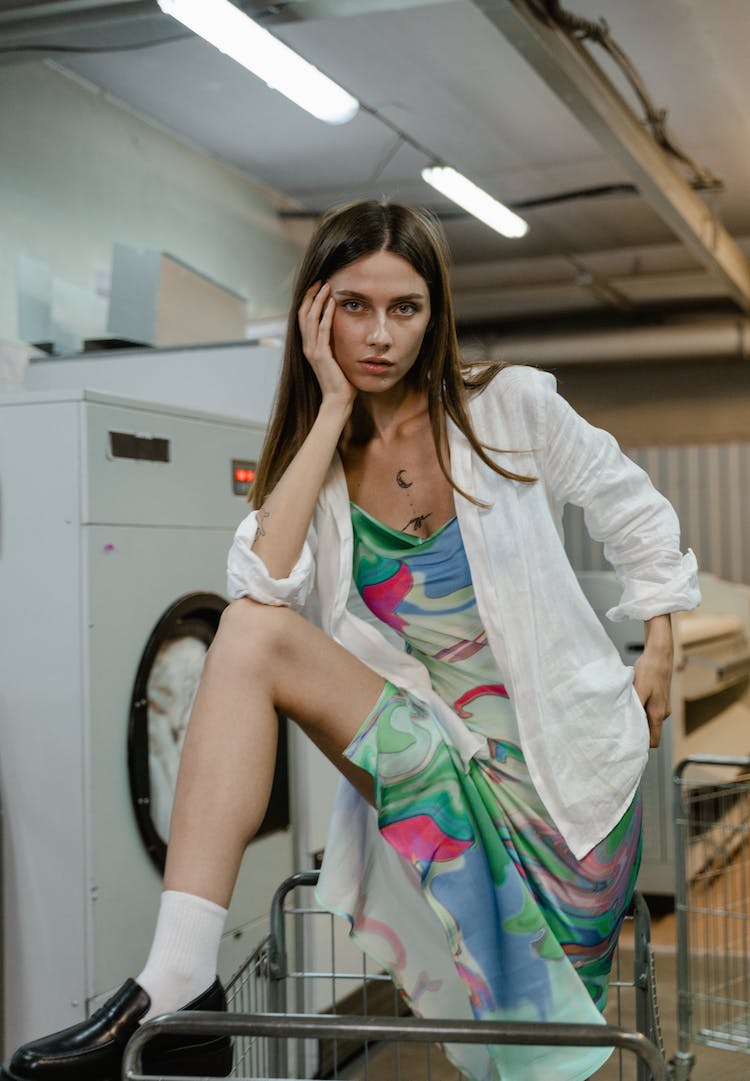How I Got Here: Up’s Senior Designer on learning to let go
PHOTOGRAPHY BY GARETH SOBEY
WORDS BY CAIT EMMA BURKE
“Don’t be too precious with your work. Be open to criticism and feedback. It’s not personal and it’s not a reflection of your ability.”
Have you ever stalked someone on LinkedIn and wondered how on earth they managed to land that wildly impressive job? While the internet and social media might have us believe that our ideal job is a mere pipe dream, the individuals who have these jobs were, believe it or not, in the same position once, fantasising over someone else’s seemingly unattainable job.
But behind the awe-inspiring titles and the fancy work events lies a heck of a lot of hard work. So what lessons have been learnt and what skills have proved invaluable in getting them from daydreaming about success to actually being at the top of their industry?
Looking for a new 9 to 5? Head to our Careers page for new listings daily.
Welcome to How I Got Here, where we talk to women who are killing it in their respective fields about how they landed their awe-inspiring jobs, exploring the peaks and pits, the failures and the wins, and most importantly the knowledge, advice and practical tips they’ve gleaned along the way.
This week we speak to Sharma Heylen-Silvia, the Senior Designer at Up, a digital Australian bank that’s rethinking the banking experience. Sharma’s worked as a freelance designer and on the client side of things working for branding agencies across Australia, the UK and Holland.
At Up, she’s essentially the second-in-charge to the company’s Creative Director. The job is incredibly diverse, and sees her designing physical products, creating illustrations and animations for the app and working on campaigns, events and activations, among other things. Here’s what she learned along the way.
What do you do and what’s your official job title?
I’m a senior designer at Up, a digital bank made in Melbourne. I’m part of the brand team, and we work closely with product designers, the marketing team and software engineers.
Take us back to when you were first starting out. Did you study to get into your chosen field, or did you start out with an internship/entry-level role and climb the ladder? Tell us the story.
I studied graphic design and illustration in Perth, although it wasn’t my first choice. I originally wanted to be a medical illustrator. In years 11 and 12, I took human biology and learned by drawing. I loved it and was fascinated by the beauty of the inner workings of the human body. Unfortunately, there were no unis in WA offering medical illustration, so my art teacher encouraged me to study graphic design instead. I hated it at first because I didn’t understand the intricacies of design. I didn’t care for subtlety, minimalism or restraint. I found the idea of ‘logos’ boring and used Papyrus for everything.
View this post on Instagram
When I hit my third year though, I had a brilliant lecturer who taught us the value of storytelling in branding. I realised that a brand can be so much more than a logo and a font. A powerful brand can empower, educate, provide a voice or simply bring joy. Over a decade later, and I’ve worked in branding agencies, freelanced and now work in-house, all helping brands tell their story through design. I’ve had incredible, inspiring clients making their pocket of the world that little bit better. I’ve also had terrible, money-hungry clients with no respect for society or the environment. There’s been peaks and valleys but as long as I learn from both, I’ll continue to grow.
What challenges/hurdles have you faced getting to where you are now? Can you tell us about one in particular?
Blurred boundaries, not recharging properly and taking myself too seriously. Anyone who’s passionate about what they do might experience a lack of separation between work and play. Hustle culture is certainly rife in the creative industry and although we’ve come a long way, there’s still a lot of unlearning to be done.
When I was running my own business as a freelance designer, I jumped at every opportunity. I wanted to say yes to everything and bit off more than I could chew. My work days blurred into weekends and I found myself never having time off. If I did take time to socialise, I would feel guilty that I wasn’t doing work. I was in a cycle of always feeling like I could be doing more, which probably stems from the unhealthy standards of perfectionism. Setting boundaries is important, and I’m still learning this.
View this post on Instagram
I didn’t know how to schedule design projects, how long they should take and how much I should charge. I would just say yes to everything and try to get all my projects done at the same time. I was also terrified of a potential client saying no because I was too expensive. I’ve learnt (and am still learning) to value my time and my skills, and by under-charging I’m not only cheating myself, but devaluing the industry. With perfectionism comes the ever-unhelpful trait of taking yourself too seriously. Design is fun and I’m so privileged to be able to do this for a job, but sometimes I forget this and end up stressing over things that needn’t be stressed about. Perspective is necessary, and learning to let go is the most important lesson I’ve learned so far.
What do you want people to know about your industry?
Design is varied. There are so many niches to be explored. I’m super lucky to work with an incredibly talented group of people with a diverse set of skills, so we manage to do most work in-house. We’ve got brand designers, product designers, illustrators, animators, 3D artists and copywriters, meaning we can typically have a crack at most tasks that are thrown at us.
What’s the best part about your role?
The diversity of the work. I spent years working in branding agencies, creating different styles for different brands every week. I loved getting to know each client and learning about their passion. I relished every new project and the new design possibilities that came with it – so I was apprehensive about making the move to come in-house at Up. Would I get bored? Would my work become repetitive?
Turns out, the diversity of the type of work I get to do at Up is even broader than when I worked for agencies. On a typical week, I’ll be designing physical products (like packaging or custom merch), creating illustrations and animations for the app, designing feature web pages and working on campaigns, events and activations.
View this post on Instagram
On top of all this, I get to work with incredibly talented people. Our product designers are wonderfully considered and amazing problem solvers. Our marketing team aren’t afraid to take risks. Our software engineers and data analysts are methodical geniuses. Our customer experience and support teams question everything and use empathy as their driving force. And our HR team genuinely care about everyone. It’s a lovely place to work.
What would surprise people about your role?
I work as a designer for a bank which doesn’t feel like a bank. Up is made up of creatives, engineers and problem solvers. There are no ‘bankers’, just people re-imagining the banking experience.
What skills have served you well in your industry?
This is applicable to anywhere you work, but I think being able to build genuine relationships is what makes your job fulfilling. Whether it’s with colleagues, clients, customers or suppliers, having a meaningful relationship builds trust and care.
What advice would you give to someone who wants to be in a role like yours one day?
Don’t be too precious with your work. Be open to criticism and feedback. It’s not personal and it’s not a reflection of your ability. Not everyone will like everything you do, and that’s okay. You can learn from everyone, not just the people ‘above’ you. If you’re privileged enough to be able to travel, for the love of Christ, keep all of the silly little things you collect. You will want those train tickets from Budapest one day. Value yourself. Recharge properly. Learn to project manage, and be realistic about timeframes. Log off at a reasonable hour, and set healthy boundaries. If nothing else, learn to let go.
What about a practical tip?
Recruiters can be helpful for more than just job hunting. I went through a period where I simply could not land a job in design. I was applying for everything and not getting any responses, so I made an appointment with a recruiter and went for an interview. They sat me down and pointed out that I wasn’t getting any design jobs because my portfolio was focused on illustration, not design. I didn’t show any typesetting or layout, or projects in insitu – I was focusing on my favourite parts of each project (which happened to be illustration) and was inadvertently excluding myself from any design opportunities. Show what you want to attract.
Read the rest of the How I Got Here series here.
Looking to step up to a career in media? Each week we send a wrap of industry jobs straight to your inbox. Enter your details below and we’ll keep you in the loop, or browse current openings here.

